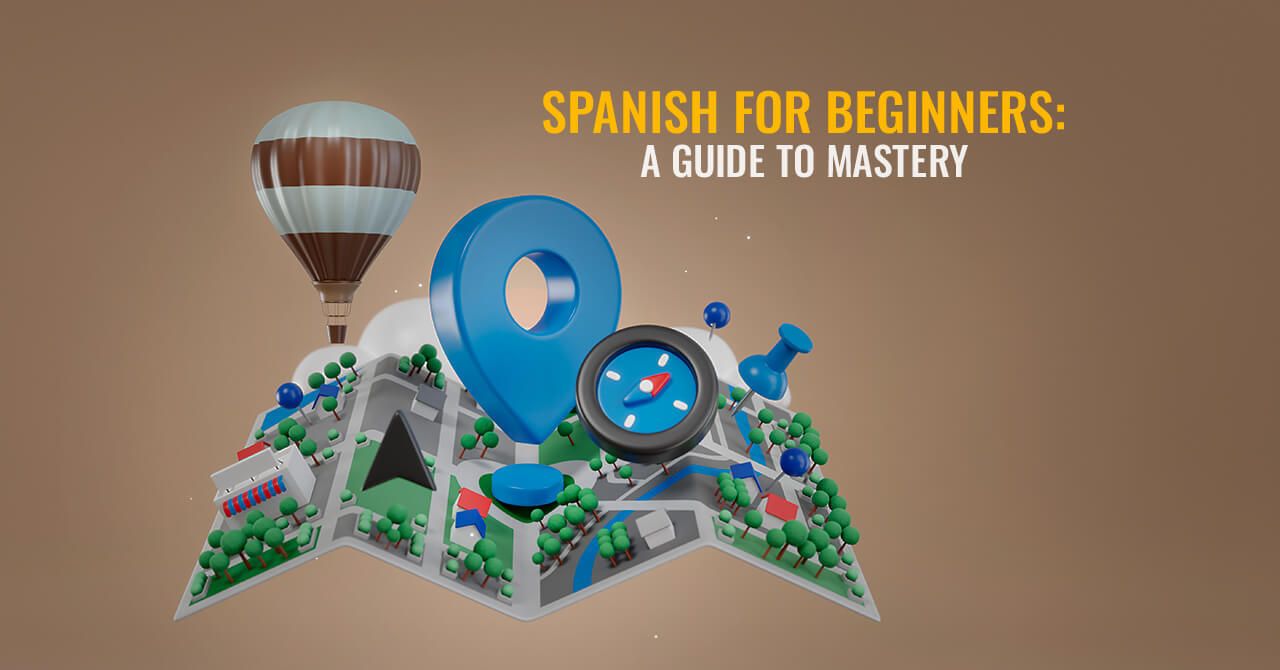
Spanish Dialects in South America
It should be remembered that, just as Spain has a great variety of dialects, each Latin American country also boasts a large number of variations within the same national territory.
The Spanish of America is the set of linguistic varieties of Spanish spoken on the American continent and makes up 90% of the Spanish speakers on the planet. However, Spanish-speaking America is not a monolingual territory. The countries that comprise it often use two or more languages that coexist with Spanish. The origin of these languages is very diverse; there are Creole varieties of Spanish (Palenquero and Colombian) and English, as well as mixed modalities and territories that preserve other European languages, as is the case of German in southern Chile.
However, Spanish is the main tool of communication and has very similar characteristics to the dialects of southern Spain, specifically the linguistic variety of Andalusia and the Canary Islands. Unlike these, English borrowings are much more frequent, there is a strong influence of indigenous languages, and there are particular regional idiomatic expressions.
Establishing a classification of the dialectal varieties of Latin America can be quite complex, especially considering that numerous classifications have already been made based on phonetic features, combinations of phonetic and morphological features, lexical selections, and origin.
All of them have two basic problems: the lack of exhaustive descriptions of many areas and countries and the disregard for diastratic varieties (differences between social groups). For this reason, researchers have opted for detailed linguistic descriptions of each country.
We can say, however, that there are a number of general characteristics that most American Spanish speakers share. Among them:
- Seseo: c and z are pronounced the same.
- Voseo: use of the form “vos” for the second person singular pronoun “tú.”
- Yeísmo: there is no difference between the sound ll (/ʎ/) and y (/j/).
It should be remembered that, just as Spain has a great variety of dialects, each Latin American country also boasts a large number of variations within the same national territory. This only complicates the task of dialectal classification and the enumeration of their common characteristics.
Although in this article we cannot describe in detail the myriad of dialects existing in Latin America, we can attempt to generalize about notable Latin American dialects.
Characteristics of Mexican Spanish (Mexican dialect)
- We can observe chaedizal vowels. That is, in unstressed and inter-consonant positions, vowels tend to be pronounced weakly, if not disappearing directly.
- The vowel is pronounced sonorously in all positions.
- Consonantal groups such as -ct-, -pt-, -bst- are pronounced clearly.
- Seseo: The phoneme θ (za, ce, ci, zo, zu) does not exist as such.
- The treatment system is similar to that of some Andalusian speeches: tuteo in the second person singular and usteo (ustedes) in the second person plural, replacing the pronoun vosotros completely.
- Use of the pronoun le as an intensifier, as in expressions such as ándele.
- Use of Americanisms and Mexicanisms. In Mexico, the verb platicar stands out as a synonym of hablar or conversar.
- Borrowings from the Nahuatl language, native to part of the Mexican territory, are frequently heard.
Characteristics of Chilean Spanish (Chilean dialect)
- Medium-high pitch intonation; cadence with higher frequencies.
- Weakening of the intervocalic d and in final position.
- As in Andalusian, there is a tendency to aspirate the ese in syllable-final position. Palatalized pronunciation of the j, k, and g. For example, instead of saying cheese, they pronounce it similar to “quieso”; instead of saying fig tree, they usually pronounce it “higuiera.”
- The j tends to weaken and is pronounced weakly.
- Alternation of “tuteo” and “voseo.”
- Common queísmo and dequeísmo.
- Use of lexical andinisms.
- Lexical influence of Mapuche and Quechua languages.
- Alternative verb conjugation of the second person plural ending in -i. For example: instead of tú eres, in colloquial Chilean Spanish, it is very common to say tú eri. This extends beyond the present indicative since, in the imperfect tense, we can also find forms such as tú cantabai instead of the standard tú cantabas.
Characteristics of Argentinian Spanish (Argentine dialect)
- Characteristic intonation due to Italian influence.
- Tendency to marked lengthening of stressed vowels.
- Depalatalization of the ñ. For example, the word bañar is pronounced as “baniar.”
- Aspiration of s at the end of syllables.
- There is a tendency to eliminate consonants at the end of the word.
- Very characteristic pronunciation of the ll sound.
- Voseo with its own verbal paradigm.
- Re- prefix with intensifying value.
- Lexical Americanisms.
- Use of Argentinians.
- Italian lexicon due to linguistic contamination.
- Use of Lunfardo, Argentine slang.
Bachelor of Communications and Master of Business Administration from Wharton. With more than twenty-five years of professional experience in different sectors of activity in multinational companies

